Investing in biodiversity: can Wall Street save the rainforest?

Keytrade Bank
keytradebank.be
September 21, 2023
(updated September 27, 2023)
3 minutes to read
The environment and sustainability are broad topics, and our attention is frequently drawn to various aspects. While in the past it was acid rain, the hole in the ozone layer and nuclear waste that dominated the newspaper headlines, topics such as climate change, greenhouse gas emissions and alternative energy sources have now taken the lead.
What these "new" topics all have in common is that investment products have also built up around them. Examples include investment funds that focus on smart water consumption, renewable energy and sustainable food production. In recent years, these topics have also been joined by funds with a "low carbon" or "Paris-aligned" name tag. The latest products on offer are those linked to biodiversity. Dozens of financial players have now launched funds or trackers based around this theme. Investors appear to have an appetite for it, given that in 2022 they poured three times as much money into these funds as the previous year. At the end of 2022, the sum stood at USD 984 million in invested capital. Despite the spectacular growth, this is still peanuts in absolute numbers.
Biodiversity = economy
Interest in biodiversity among investors received a huge boost from the UN summit in Montreal (December 2022). During the summit, nearly 200 countries agreed that at least 30% of all land and 30% of all water on earth should be protected by 2030. These figures currently stand at 15.8% and 8.2%, respectively. The countries also agreed that the risk of species extinction due to human activity must be ten times lower by 2050 than it is today. Simply put, the Montreal Agreement is to biodiversity what the Paris Agreement is to global warming. Serious measures need to be taken to meet the Montreal targets, not only by governments and citizens but by companies and the economy as a whole. After all, a large part of our economy stands or falls with ecosystems and their biodiversity. The oceans are an important source of materials for the pharmaceutical industry; without bees our supermarket shelves would be sadly lacking; without mangroves the fishing industry would decline – and so on.
Seeking a double return
We need to change things to stop any further decline in biodiversity. This is where the investment aspect comes into play. Wherever change is needed, so are investments. And wherever investment is needed, investment opportunities follow. This is the financial logic underlying the new approach to investment products that focus on biodiversity.
In addition to a financial return, these products seek to bring about gain for the climate and society in general. They do this by reducing a negative impact and/or increasing a positive impact. Every manager has their own strategy. Most invest in companies that are seeking to reduce their adverse impact on biodiversity, or that derive some of their revenue from products contributing to greater biodiversity. This can also be combined with (other) strategies, such as excluding companies that cause damage to ecosystems, selecting companies that support the UN Sustainable Development Goals, choosing those that contribute to the biodiversity goals of the EU Taxonomy, etc.
Wanted: the right way to measure this impact
Since this investment topic is still in its infancy, there is no general agreement as yet on how exactly biodiversity should be measured. The problem is that there is not much hard data on biodiversity that can be used to pick stocks. While climate change has carbon emissions as a metric, biodiversity is a broader and more complex topic. Financial institutions seeking to calculate biodiversity risks are currently using a smorgasbord of methods to try to measure the impact companies have on biodiversity: ENCORE, CBF, BFFI, GRI, SBT, TNFD etc. If you can't remember all these acronyms, at least remember this: these tools are far from perfect, for the very simple reason that ecosystems are highly complex and it is not easy to quantify a given company’s impact on ecosystems.
Look under the bonnet of investment funds and trackers and you will find significant variation in their approaches to the topic: while there are many obvious shares, there are also many less obvious shares. You will find companies that offer solutions and services to help make agriculture more sustainable, to farm fish in a climate-friendly way, and so on. But you will also find less recognisable names among these themed funds and trackers. Examples include dairy giant Danone and cosmetics titan L'Oréal (because they are committed to reducing their negative impact on biodiversity) along with tyre manufacturer Michelin and alcohol producer Pernod Ricard (because their operations have little impact on biodiversity).
Does it make sense or not?
According to the Intergovernmental Science-Policy Platform on Biodiversity and Ecosystem Services, (Ipbes ), approximately one million species are at risk of extinction, many of them within the next few decades. What's more, according to the WWF Living Planet Indexin 2018, the populations of 5,230 representative wild animals had fallen by an average of 69% compared to 1970. The financial sector has also taken note of these challenges and now wishes to use new products to draw investors' attention to both the problem and the potential returns.
If you are an investor who is committed to helping the environment and sustainability, your portfolio may include responsible investment products already. You may be focusing on renewable energy, green mobility or sustainable agriculture. Although biodiversity is undoubtedly also an important topic, the question for investors is to what extent it is a topic to which they can truly devote themselves in full. A realistic view of the potential impact of an investment is definitely needed in this area. As with many other themed approaches, simply looking at the name of the fund or the tracker is far from sufficient. It is essential to review the strategy and composition of the product both critically and in detail. As an investor, you should also be aware that the investment universe is strongly affected by non-financial criteria, which may result in limited diversification, missed investment opportunities and higher volatility.
On the other hand, investing in biodiversity also offers opportunities. First and foremost, the issue is increasingly gaining attention from governments, which opens up opportunities for companies that offer solutions. Secondly, there is growing social awareness about sustainability, which can offer a competitive advantage to companies with a clear focus on biodiversity. Finally, you may also be able to achieve a social return through your investments. Investing in biodiversity is therefore a rewarding opportunity to combine multiple different goals, but a critical eye will always be needed in each case.
Are you looking for trackers or funds relating to biodiversity?
- Log in to Keytradebank.be on your laptop or desktop
- Click on Advanced at the top, next to search by instrument name, symbol or ISIN
- Tick Tracker and/or Fund
Other articles that might interest you

How can I invest or save better for my child?

Lost in the ETF jungle? Here's a compass to help you find your way

Monthly video 2025

Buying or renting after you turn 50: which option is best for your future plans?
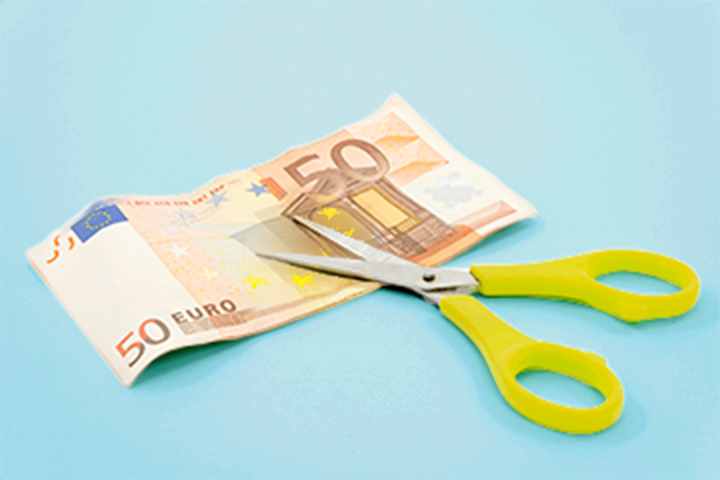
Capital gains tax: how will it affect your portfolio?

Don't forget to include your EPC in your credit application

Is a buy-to-let property a smart investment?

How much can you borrow for a home?

Borrowing for a second home: what are your options?
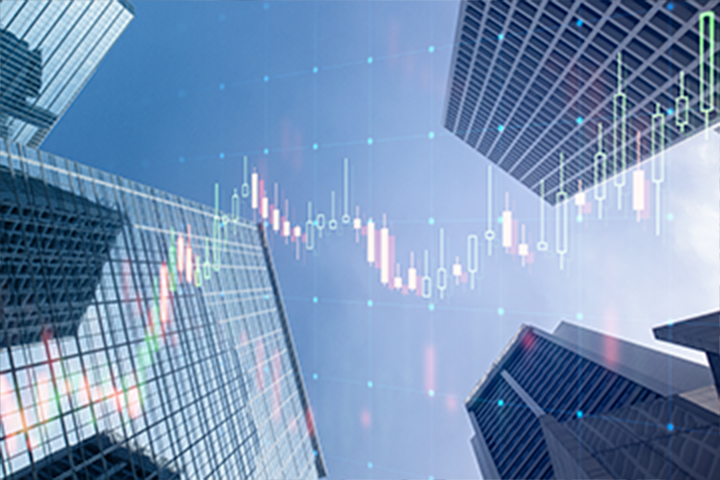
Property shares: ripe for a comeback?

10 tips for the novice property investor

Investing in your partner’s home? Don’t make these mistakes!

Ever heard of the Zweig Breadth Thrust?

Humanoid robots: hype or golden opportunity for investors?

Defensive shares as a buffer?
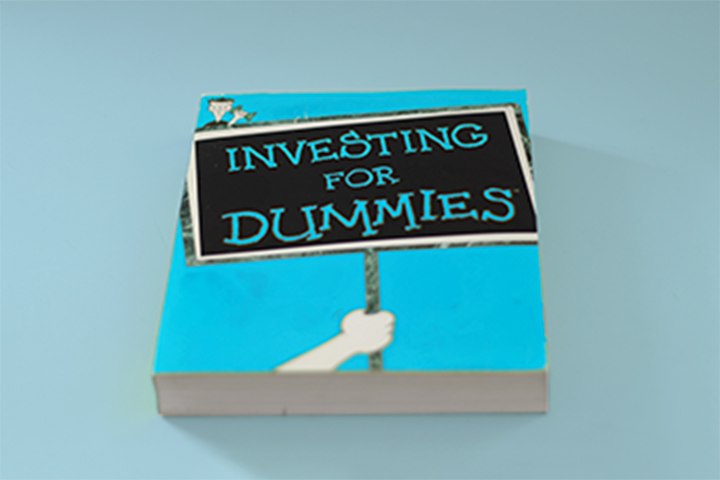
A beginner's guide to buying shares in five steps

Monthly video 2024

Investing when money is tight: being ambitious pays off!

Dividends, (pension) savings and tax-free income: what's new in 2025

40 years of pension savings: what will you spend it on (literally)?
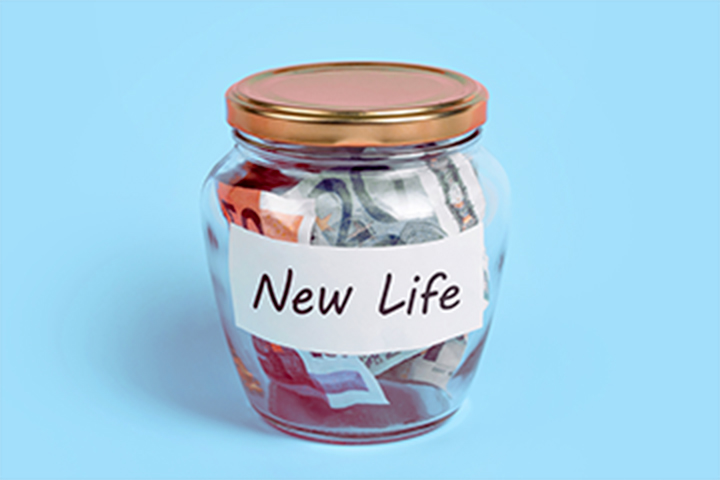
From FOMO to ZERO bank account? 5x pension savings to the rescue

Start growing your pension sooner rather than later

Pension savings returns: these choices give the maximum payout

Why pension planning is even more important for women

United States 1, Everyone Else 0

When should you start investing? Seven potential key moments in your life

Did you just purchase shares? Why you should immediately set a stop-loss

Are there shortcuts to becoming financially independent?

A potential worldwide trade war is claiming European victims

Ever thought of investing in the pet industry?

Have long-term interest rates once again started a 40-year uptrend?

Graph of the Week: Magnificent 7 vs 2000s Tech Bubble

5 mistakes investors make in volatile markets

Keytrade Bank 'Second Serve' project gives a new lease of life to old padel balls

Government bonds, savings accounts, or term accounts: which should you choose?

House flipping: is it worthwhile?
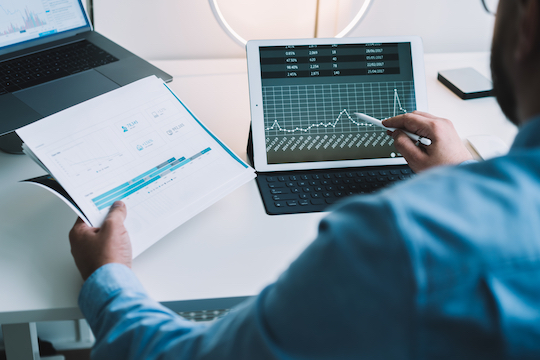
Investing in dividend shares: what to look for?
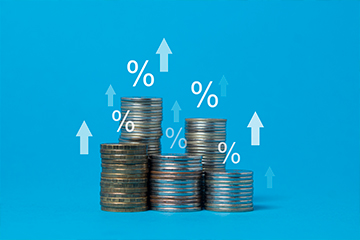
Why high dividend yields can be a poisoned chalice

3 ways to invest when you don't have much time.

How do you select an investment fund for your child?

Robotics: From science fiction to science

Coronablog by Geert Van Herck: Market Observations
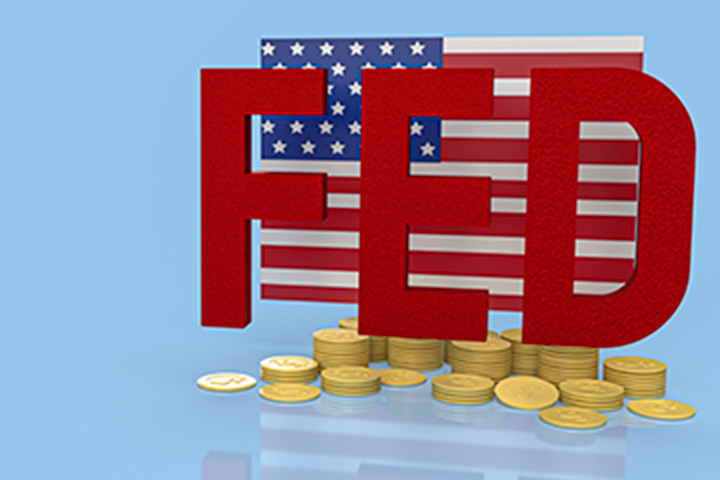
Is it the right time to invest in bonds?

Have you ever thought about investing for your children?

How can you invest in space travel?

Invest yourself or have someone do it for you: do you have to choose?

What do you have to tell the tax man about your money and investments?

Monthly video 2023

How can you invest in an ageing population?

How do elections affect the stock market?
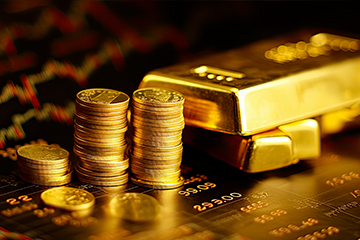
Golden days? Why to invest in gold (or not)

Watch out, danger's about

Will AI replace human investment advisers?
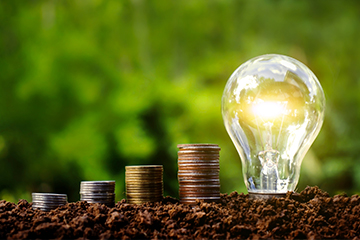
How to invest in the energy transition?

Is India the new China?
Which sectors should remain overweight following the latest rate hike?

Keytrade Bank chose SOPIAD to integrate a ‘sustainable preferences module’ in Keyprivate

8 timeless rules for investors

Saving for the sake of saving? Or with a goal in mind?

How do you prepare financially for a longer life?

Investors, keep your emotions in check!

How natural disasters affect the economy and the markets

How much diversification is enough for your portfolio?

Which investment opportunities are available on the road to smart mobility?

A vitamin shot for your investments
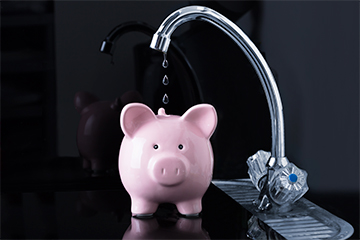
Does water earn a place in your portfolio?
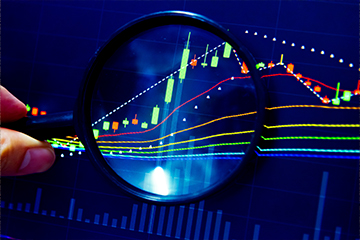
Bonds to rise in 2023?

Monthly video 2022
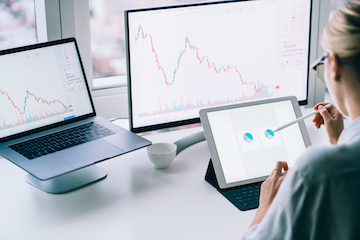
A recession and yet the markets are going up?!

There's something new in the air in the investment world!
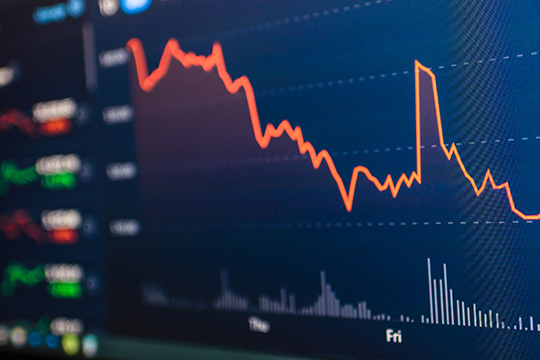
Is tighter monetary policy acting as a brake on the stock market upturn?

Getting nervous about the stock market? Take a look at the 200-day moving average

How do you find out what a company’s ESG rating is?

ESG's alphabet

How can you make an investment portfolio inflation-resistant?

CARD STOP has a new number! 078 170 170

Monthly video 2021
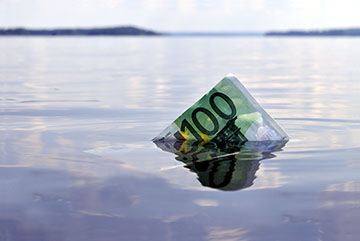
Five tips for keeping a cool head when the stock market becomes turbulent

How do I choose the right shares?

Short selling: what is it and how does it work?

10 things you can do within a day to improve your financial health

How to protect your capital in the event of a divorce

Timing is everything: how to choose the right time to enter the stock exchange?

La technologie préserve les investisseurs contre l'utopie

Why (not) invest in micro-caps?

Rising debt: is it a problem?

Funds and trackers: do you opt for capitalisation or distribution?

Can I invest even if I do not have a large sum of money available?

What do I do to balance my investments?

CARD STOP has a new number! 078 170 170

Always have a megatrend in your portfolio

The lazy marathon investor

Are we heading into a year-end rally by the stock markets?

Coronablog de Geert Van Herck: La panique atteint des sommets… énième épisode

Coronavirus blog by Geert Van Herck: S&P 500 indicates a positive trend

What retirement pension will you get later?

How can we cope with financial stress?
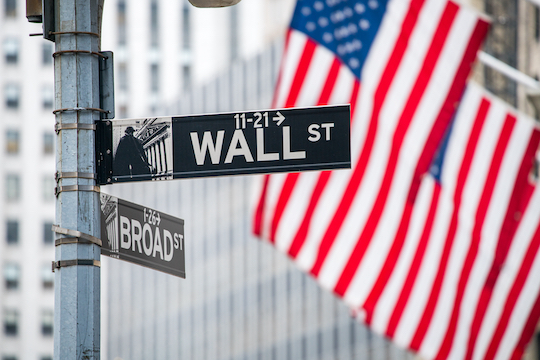
US stock market dominance not coming to an end yet!

Going for gold? Gold is apparently going for it.

Are you a contrarian investor?





















































































